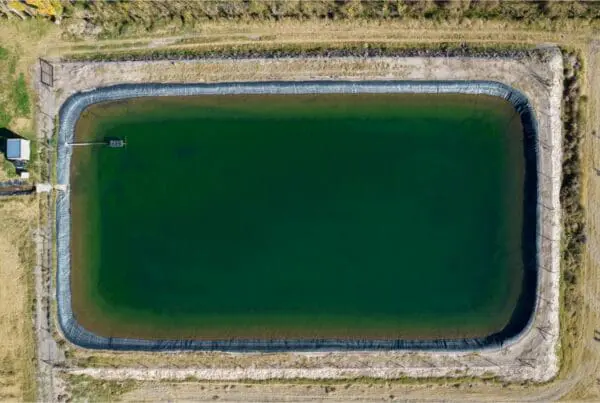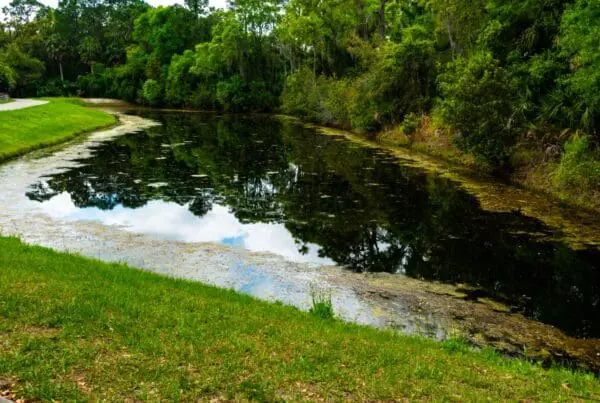It’s early summer in Texas and we’re getting calls about snakes around ponds and lakes – as we do every year. Question is…what to do about them? First, snakes are there for two reasons – to mate and/or feed. If they are there to feed, it means you have the right habitat and food source. Frogs, rats, mice and dead fish are all great food sources for snakes. Tall grass and shoreline emergent plants make great snake habitat.
Next steps are what to do to deter snakes from wanting to be there.
- Remove, trim and maintain shoreline grasses and emergent plants – this will reduce the habitat for the snakes
- Control the food source – stock fish to eat frog eggs and tadpoles, use barn cats or other methods to control mice
- Use a deterrent such as sulfur
A deterrent such as sulfur (or granulated sulfur is what I prefer) will help you discourage snakes around your pond or lake. An added benefit is the use of granulated sulfur will also help deter chiggers, fleas and ticks. Read and follow the label directions for application rates and methodologies.
Did you know…
A snake found around water does not automatically make it a water moccasin. Most snakes found around water in the north Texas area are the common Blotched Water Snake – a non-poisonous snake commonly found around a pond or lake grazing on frogs, mice and dead or dying fish.
Picture – Common Blotched Water Snake
CLICK HERE for information and identification of most species of water snakes inhabiting ponds and lakes of north Texas.



